The traditional European supercar equilibrium was seriously disturbed when Honda launched its NSX in 1990. At a stroke, supercars were no longer show ponies to be coerced into occasional use while spending most of their lives hooked up to a battery charger in the garage. Ferrari was caught on the hop and its then-current 348 quickly looked dated next to the NSX. The answer to this, and the NSX, arrived in 1994 with the launch of the F355.
As with many of its cars, Ferrari drafted in Pininfarina to look after the styling, and the Italian design firm pulled off a blinder. Classically clean lines, curves, and just the right amount of aggression came together in a pertly pretty, compact, mid-engined design. Ferrari had not offered such a desirable entry model since the Dino 246 and buyers were quick to queue up and get their orders in.

Even if the F355 had been all frock and no go, it would have sold well thanks to those looks. However, Ferrari was determined this new car would not just get on terms with its upstart Japanese rival but better it. To this end, the F355 came with a new 3.5-litre engine with five valves per cylinder, which is where the model’s name comes from. Along with new engine management and titanium con rods, the V8 could rev to a blissful 8500rpm. It produced 380bhp, which worked out at 109bhp per litre and made the F355’s engine the most powerful production car per litre at its launch. This potency equated to 0–62mph in 4.7 seconds and a 183mph top speed.
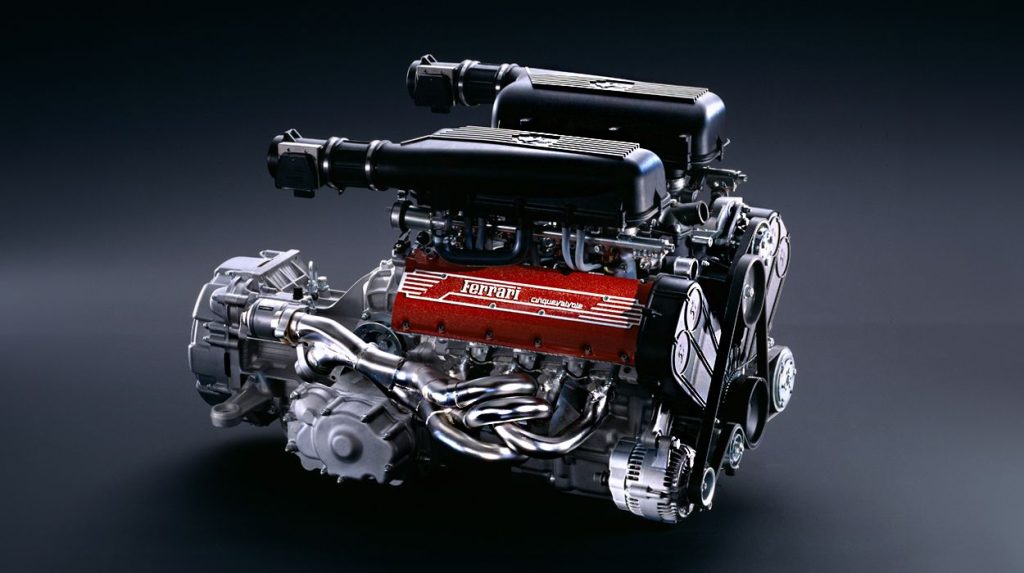
As well as performance that lifted the F355 into a whole new category from the previous 348, this new Ferrari came good on its promise to be easier to live with. The new engine management made the motor untemperamental in traffic, while the gearbox gained a heat exchanger to warm its oil quickly from cold starts and do away with the traditional recalcitrant shift of Ferrari ’boxes. The gear change was also helped by using rods rather than the cables of the 348.
For 1997, the engine management was uprated from Motronic 2.7 twin ECUs to a single Motronic 5.2 unit, which was largely for emissions reasons but also because it made the engine even smoother around town. At the same time, Ferrari also offered its F1 semi-automatic transmission, which used paddle shifters to select gears and an automated single clutch. It was billed as a bit of Formula 1 tech for the road, with lightning-fast shifts, but it was not the easiest system to live with. Tellingly, around 75 per cent of all F355s sold had a manual gearbox rather than the F1 gearbox.
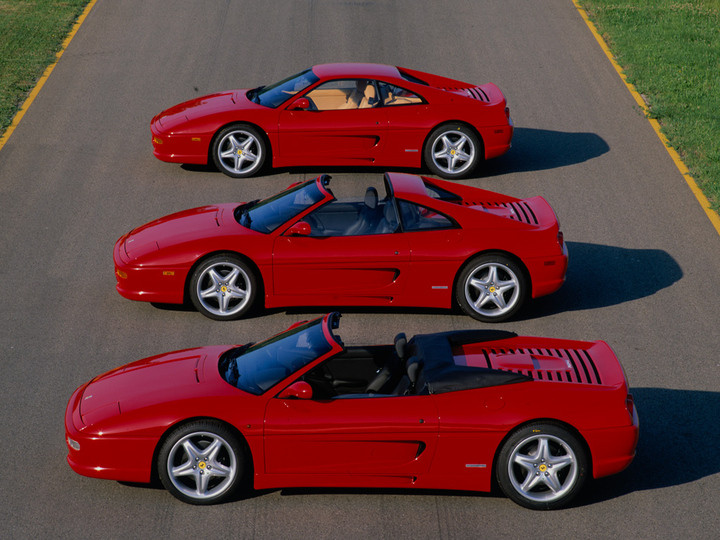
When the F355 was first launched in 1994, it was offered in GTB coupe and GTS targa-roof styles. This aped the previous models of small Ferraris, but the company had a new fully open Spider model waiting in the wings to go on sale in 1995. Unlike some other mid-engined cars with the roof removed, the Spider kept its looks and proportions, helped by the electrically folding roof sitting almost flush with the rear deck. Model year 1995 also saw the introduction of the track-only F355 Challenge race car, though some of these have subsequently been converted to very raw, very fast road use.
In 1999, Ferrari offered the Serie Fiorano as a final send-off for the F355 and 104 were produced. Not long after, the F355 was replaced by the 360. By the time the curtain came down, 11,522 F355s of all types had been built to make it one of the most numerous models in the company’s history. Popularity has not dimmed the F355’s desirability and it perfectly straddles the divide between older classic models and later, more technically advanced Ferraris to be an ideal choice.
What’s an F355 Like to Drive?

If you have not driven a Ferrari F355, you are in for a treat. It is the ideal mix of hands-on driver input with just enough assistance to do away with the drudgery of parking and slow-speed manoeuvres. The hydraulic power steering offers plenty of feedback when you begin to push the F355 harder in bends, yet it will track straight along the motorway or an imperfectly surfaced country road without trying to deviate along every ridge in the tarmac.
The blend of easy usability and superb driving is further underlined by the suspension of the F355. It has unequal length double wishbone suspension with coil springs over gas-filled shock absorbers front and rear. While not Jaguar XJ-compliant, it’s more supple than you might at first imagine, allowing the Ferrari to make swift progress without being jolted off the line chosen by the driver. It also means the car’s occupants are not wincing at the sight of every ripple or dip in the road ahead. That said, you still need to exercise caution when driving over speed humps to avoid scraping the smoothly aerodynamic underside.
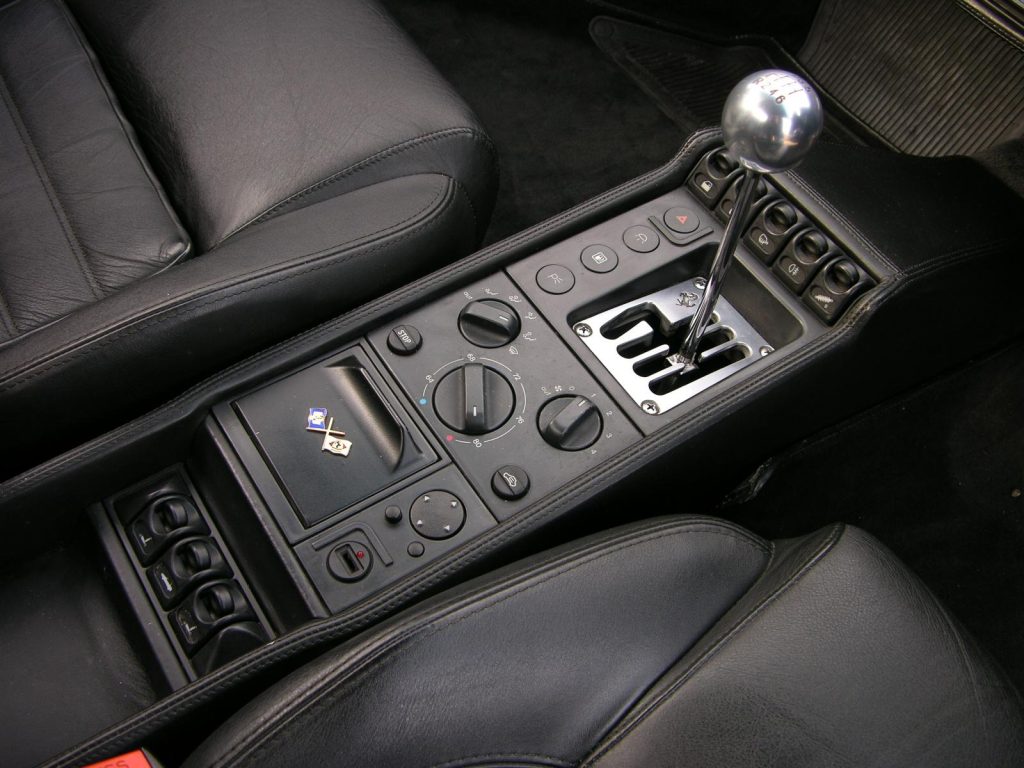
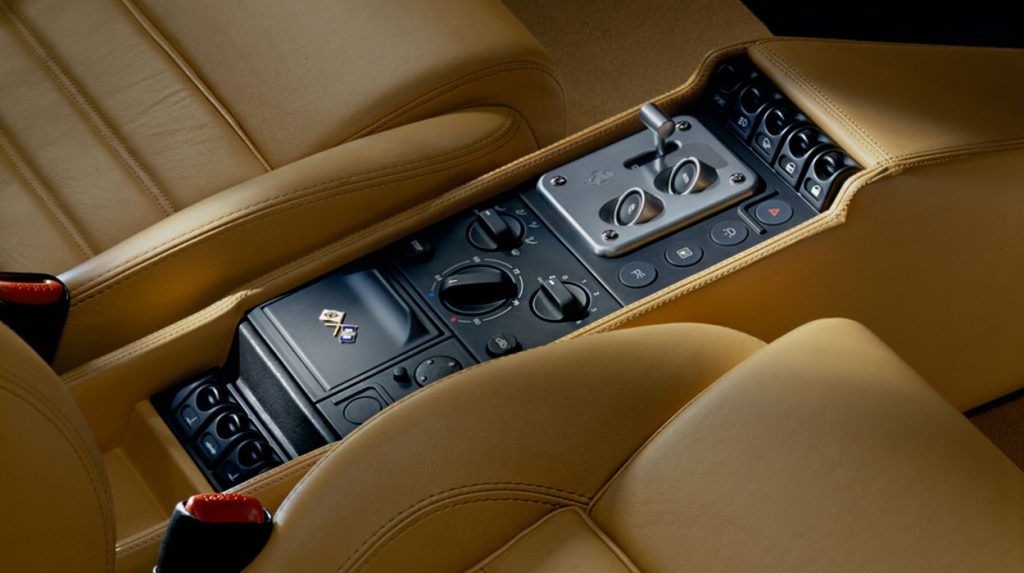
Then we come to what is the star of the show for many F355 owners – the engine. Until Ferrari introduced this car, roadgoing V8 engines were regarded as low-revving lumps that relied as much on torque as outright power. Suddenly, here was a V8 that soared to 8500rpm and loved doing so, accompanied by a sound that positively encouraged such use. By the standards of the latest supercars, the F355 is merely fast rather than outright ballistic, but that makes it all the easier to enjoy this Ferrari’s ability more of the time. Working up and down the intermediate gears on swoopy roads is a joy, aided by the open metal gate of the manual gearbox’s shifter. Choose an F355 with the F1 gearbox and you need to adapt your driving style a little to account for the automated clutch, but this is a skill to be relished instead of reviled as so many road test reports claimed in period. Sure, the F1 ’box is nothing like as slick as current dual-clutch offerings, but it can be made to work very smoothly.
As for practicality, the F355’s cabin provides plenty of space, it’s decently refined on longer drives, and there’s even some storage in the front boot and behind the seats. Those seats are supportive and the dash is much more logically arranged than in previous Ferraris.
How Much Does an F355 Cost?
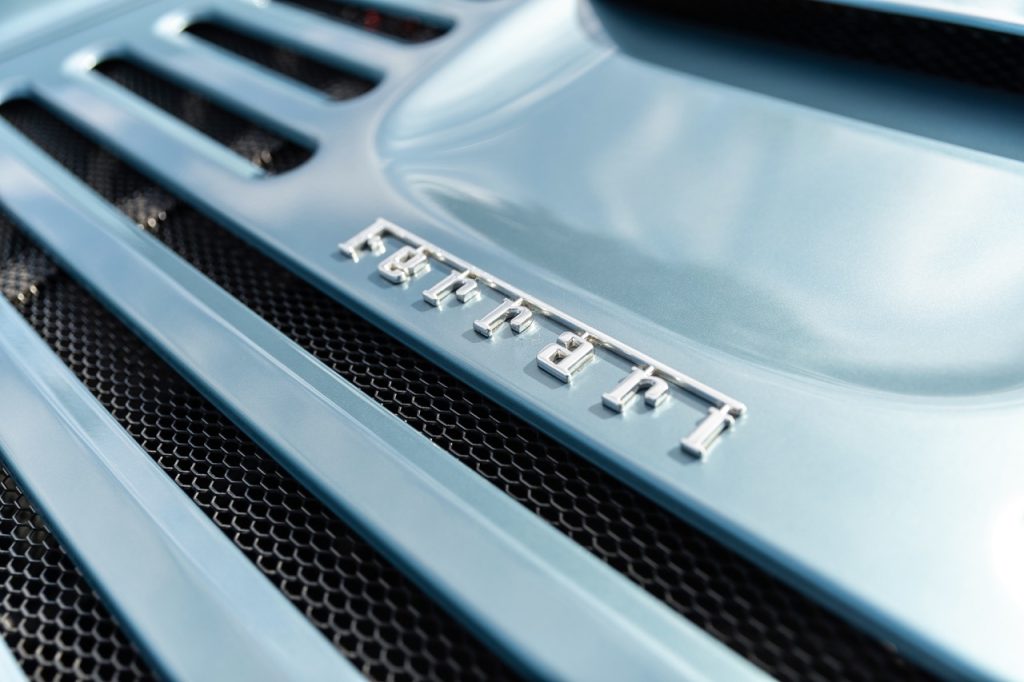
Ferrari F355 prices have proved very stable, enjoying a gentle rise year on year without so many of the big fluctuations seen with some other Ferrari models. Strong demand for the F355 from those wanting a Ferrari to use regularly as well from collectors looking to add one to their garage has helped. All of this means the entry point to a running and driving Ferrari F355 is around £50,000 for a GTB coupe. However, this will be a car that needs a good deal of cosmetic or mechanical improvement to make it a one you can reliably enjoy when the mood takes you. For the GTS, reckon on spending a further £5000 and the same again for a Spider.
Cars in good overall condition begin at £60,000 for the GTB, with the same price premiums for the GTS and Spider as noted above. Find an F355 in superb all-round fettle with low mileage and you’ll be looking at a price tag of around £95,000 for the coupe, £100,000 for a GTS, and the Spider will push £105,000.
The standard manual gearbox is more common than the F1 transmission, with around three manuals for every F1 car, but they are the more desirable to own and drive. As a result, expect to pay a slight premium for a manual car.
What Goes Wrong and What Should You Look for When Buying an F355?
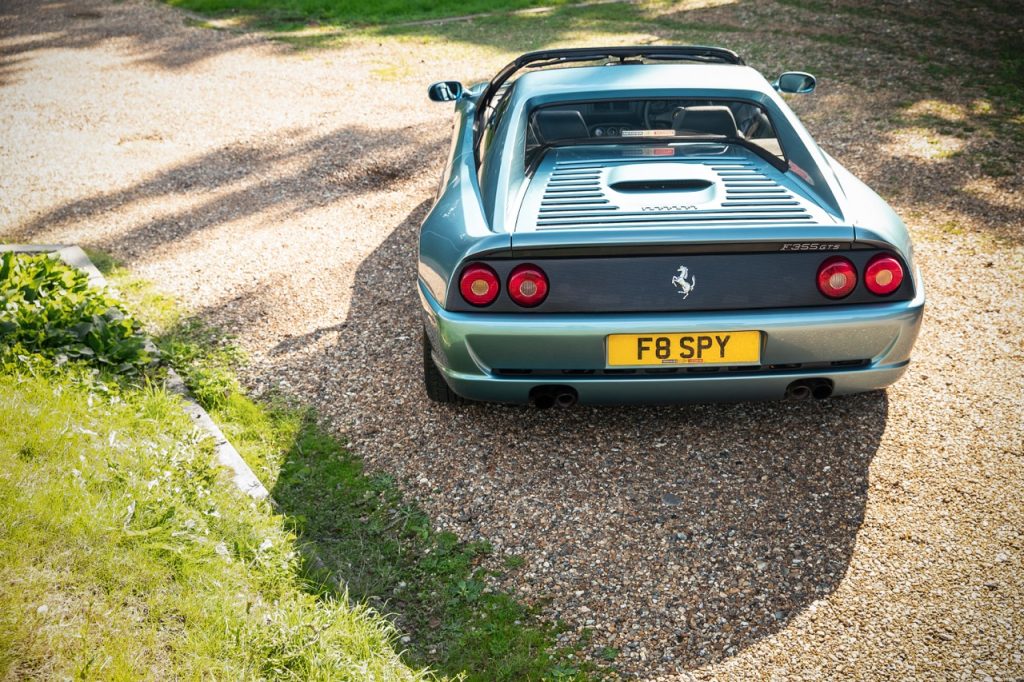
Anyone in the market for a Ferrari F355 is most likely buying from a recognised specialist or having any prospective purchase checked over by a Ferrari expert. However, it still pays to do your own research, so here are the key points to look for when buying this exquisite Italian.
The body is the first place to start. Look for any tears in the roof of the Spider and signs of leaks from old, brittle seals in both the Spider and GTS. The Spider’s roof can also stop working if the potentiometers or hydraulic pump fail, so be sure it goes up and down smoothly. The point where the back wing meets the rear buttress is a known rot spot and almost every F355 the has seen regular use will have had a repair and respray here. The quality of the work will affect the value of the car, so look carefully at the work and receipts in the history folder.
The same is true for the front of most F355s, as the bodywork becomes stone chipped. A high grade respray is not something to worry about, but do check it’s been done by a good bodyshop. You can also check for front end crash damage by looking at the inside of the bonnet, as this usually reveals any tell-tale creases, plus the original factory satin black finish on the underside of the bonnet is very difficult to replicate – if it’s glossy, it’s been repaired. While checking the body, look at the wheels, too; they have an insert when the bolts pass through and this cracks with age. New inserts can be pressed in, so look for evidence this work has been done.
Aside from the usual bodywork checks, have a look inside the radiator apertures to see if they are clogged with leaves and mud, as this will rot the radiators and bodywork. A car where this is clear and clean points to a careful ownership history.
In the cabin, it’s quite simple but you need to look at the finish on the switches and buttons, because this rubberised coating goes soft and sticky. It can be sorted by re-covering the switches, but it can be costly to remove all the controls to be redone. The leather on the dash and door cards becomes creased with age, and re-trimming is the only proper long-term fix.
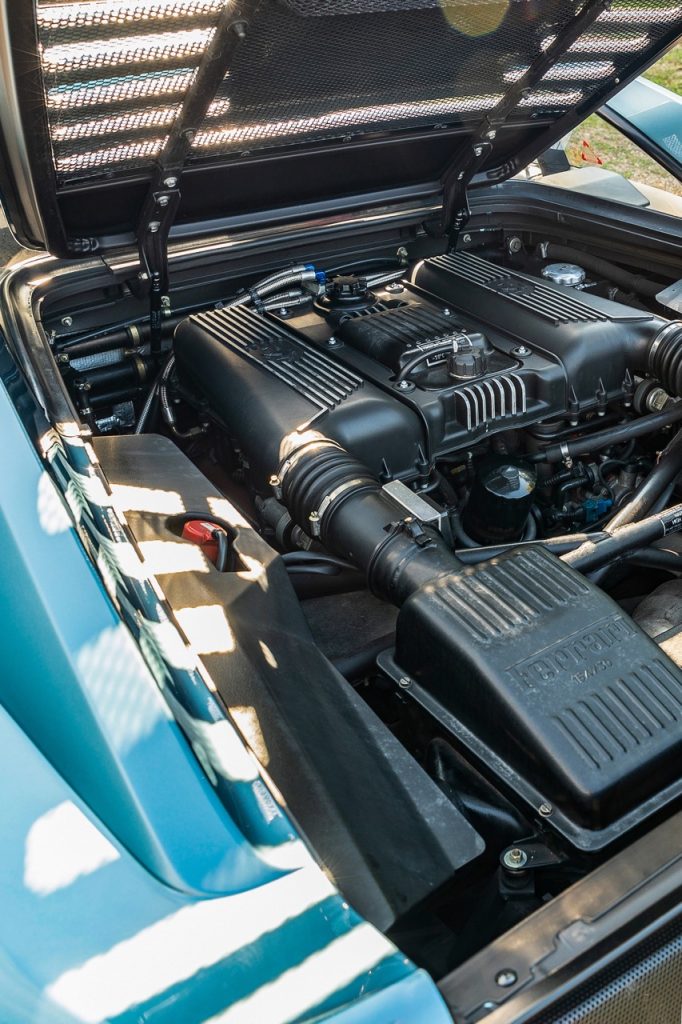
From a mechanical standpoint, the F355’s V8 is robust, so look for a full service history. A clutch will last around 15,000 to 20,000 miles, though F1 cars can get through a clutch more quickly if it’s been driven a lot in town. Any rattles when the engine is started should sound warning klaxons. The cam belts can be replaced with the engine in situ, but most experts reckon it’s better to remove the motor, as this will help spot other issues that can be sorted before they develop into a problem.
The exhaust manifolds can crack, which can lead to the motor running hot and burning out the exhaust valve. A lot of F355s now run with an aftermarket exhaust, notably from Tubi or Capristo, which won’t harm the car’s value. The bypass valve in the original exhaust can fail and cause a rattle, so keep an ear open for this. Also, make sure the car has had the relevant recalls to prevent engine fires, which have destroyed several F355s because of leaks. While peering into the engine bay, have a look at the engine’s support cradle for any signs of corrosion. To sort this means taking the engine out, repairing the cradle, and repainting it.
Which Is the Right F355 for You?
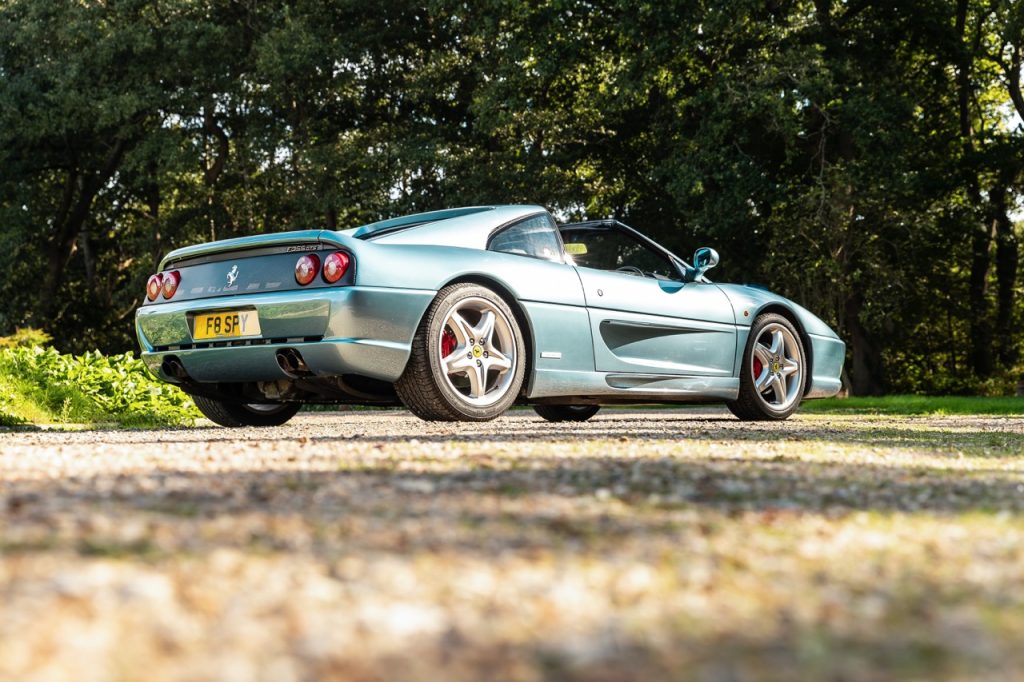
Purists will head for the Ferrari F355 in GTB form with the manual gearbox, and it’s the one we’d have, too, because it offers the ideal mid-1990s Ferrari experience with a marginally lower price tag in today’s market than the GTS or Spider. For those who want some fresh air as part of their F355 experience, you can’t go wrong with either the GTS or the Spider. It just depends on individual taste.
The other major choice when picking a Ferrari F355 is whether to go manual or F1 semi-auto. Most buyers now want the proper full manual gearbox, as it’s easier to drive and live with, and you get that gorgeous aluminium open gate on the transmission tunnel for the click-clack noise when changing gear. The F1 gearbox does have its fans, however, and you will get used to driving it, so don’t disregard an immaculate F1-equipped car in preference to a shabby manual F355.









I have driven two versions of the 355 and I can tell you that you don’t feel any feedback from the steering wheel. It doesn’t deliver much torque so acceleration through the gears isn’t as fast as you want but it is much better balanced than the 360 . You have to take the engine out for belt replacement and the brakes are not powerful enough. I don’t know who tested the car but they really need to tell the truth
No lies here, David. Tootling around at city speeds, no, the steering will not inspire you. But as the story states, “The hydraulic power steering offers plenty of feedback when you begin to push the F355 harder in bends.” And while you do not need to remove the engine of a 355 for belt replacement, as the story states, “most experts reckon it’s better to remove the motor, as this will help spot other issues that can be sorted before they develop into a problem.”